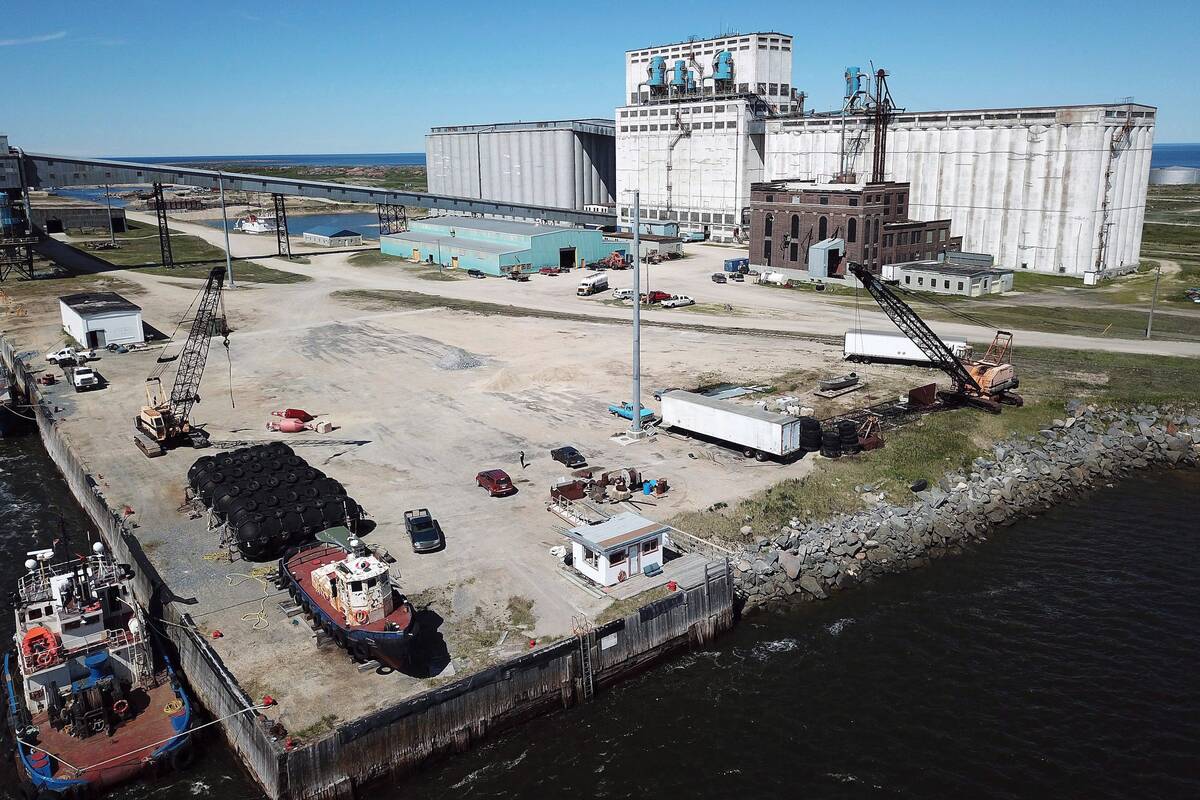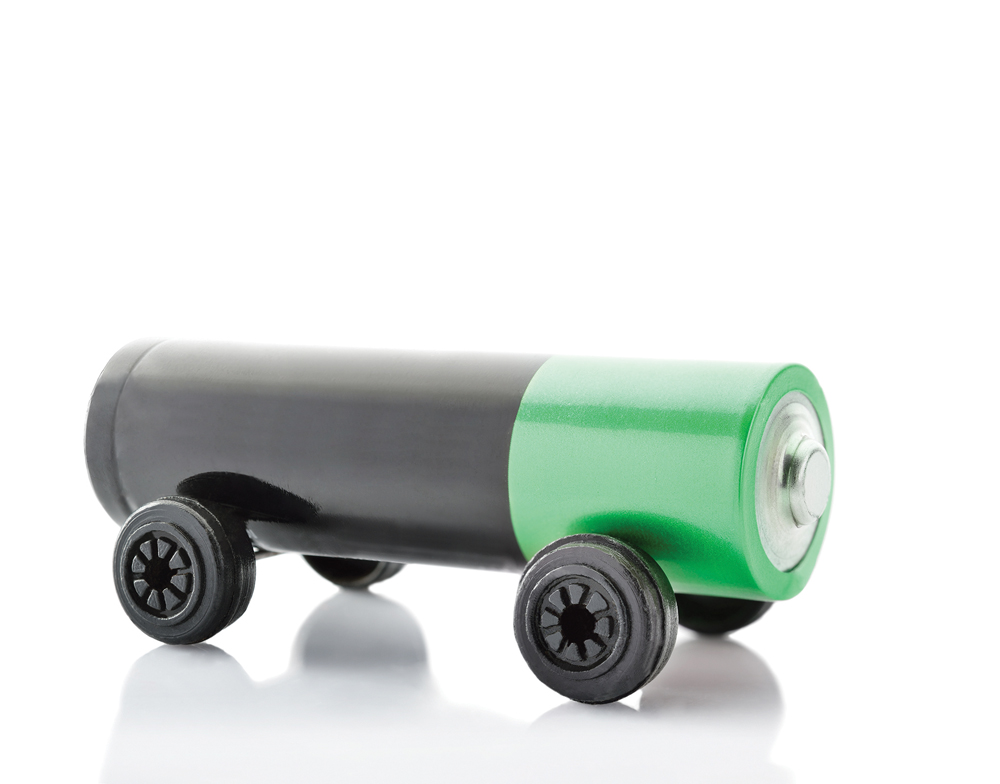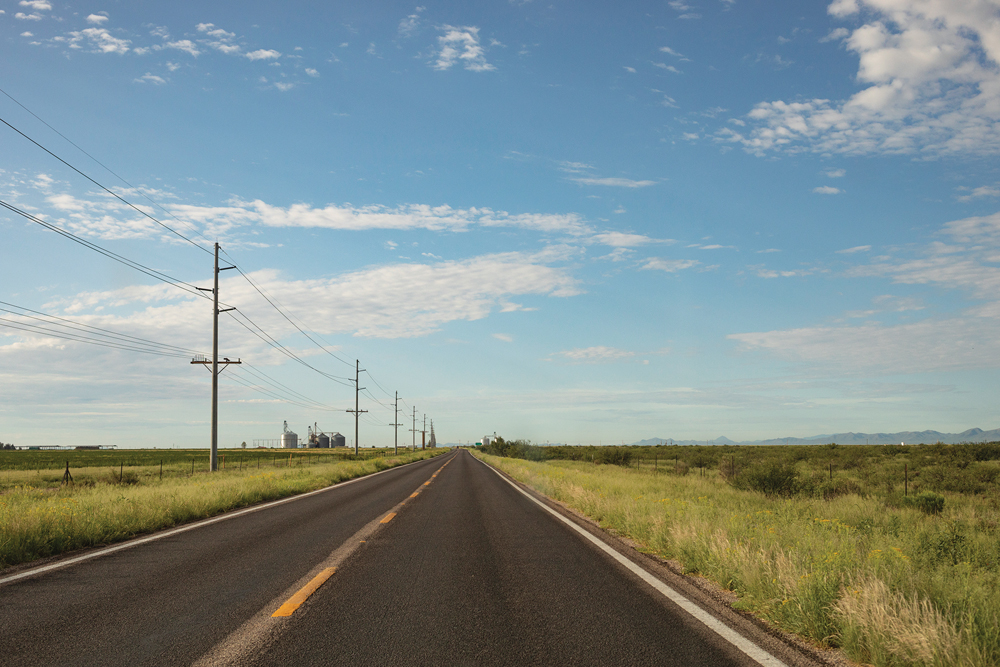Elton Energy Co-op is moving on to the next phase in its quest to develop local alternative energy.
A MET tower, erected to gauge the wind resource near Forrest, was taken down recently after gathering two years of wind data, said Dan Mazier, president of the co-op.
Now we know what type of wind regime we have and how much power we re going to be producing, said Mazier. Now we can attract developers.
The next step will see Elton Energy seeking proposals from a number of wind energy companies in order to find out how much it will cost to build two wind turbines able to generate up to three megawatts of electricity.
Read Also

New Crown-Indigenous partnership to spearhead Churchill expansion
Province announces new Manitoba Crown-Indigenous Corporation to co-ordinate Port of Churchill Plus revamp, bolster northern development and trade
Once the best deal is determined, the co-op will approach Manitoba Hydro with a proposal to link their locally owned power generation up to the provincial grid.
The goal is to provide a return on investment of 12 per cent per year. Five per cent will go the rural municipality of Elton, and seven per cent to individual investors, who will buy shares at $1,000 each.
Mazier said that the industry standard for returns on wind power projects is roughly 15 per cent, which in the current investment market of rock-bottom low deposit rates and dismal stock market returns, is very attractive.
The Elton Energy, a for-profit co-op business model, is also aimed at local economic development, he added. Not only do you get the jobs and the money out of it, you can decide what you want to do with that extra money, he said.
Mazier describes the potential for alternative energy as one way to stem economic leakage that is draining the lifeblood of rural communities.
Currently, every year, Manitoba spends some $3 billion on imports of fossil fuel-based energy from other provinces, or $2,200 per person.
Just think, if we cut that by 10 to 20 per cent, or we started bringing back $500 per person in a municipality, what would that look like?
Experience in other regions shows that alternative energy projects bring back three times as much to local communities if they are locally owned, he added.
It s our resource. It s going over our land. How about we capitalize on this resource, said Mazier.
Once its turbines are up and running, future plans for the co-op include working together with other communities to create a community power investment model, he said.
———
Just think, if we cut that by 10 to 20 per cent, or we started bringing back $500 per person in a municipality, what would that look like?
DAN MAZIER














